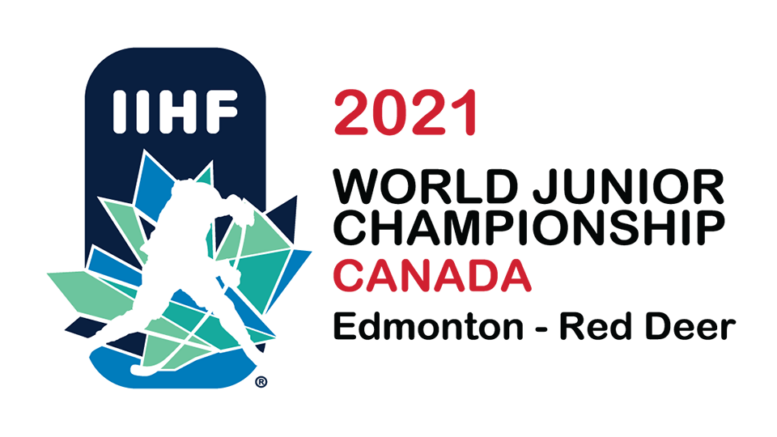With the World Junior Championship in full swing, Relative Age Effects (RAE’s) have been a topic of conversation. RAE’s is when an individual who is older in their age group has more success/advantage over his/her peers.
RAE’s have been an issue in the sports and academic world for decades and is relevant among scouts when evaluating a player. Year after year we see an abundance of players in the tournament with first quarter birthdays (January through March) and very few with fourth quarter birthdays (October through December). I decided to look at the 249 players participating in this year’s tournament to see if this year’s tournament follows this trend.
Breakdown of the players on all 10 World Junior teams:
| Month | # of players | % of Player Pool |
| January | 41 | 16.4% |
| February | 27 | 10.8% |
| March | 28 | 11.2% |
| April | 29 | 11.6% |
| May | 20 | 8.0% |
| June | 21 | 8.4% |
| July | 18 | 7.2% |
| August | 18 | 7.2% |
| September | 18 | 7.2% |
| October | 9 | 3.6% |
| November | 12 | 5.2% |
| December | 8 | 3.2% |
The 2021 World Juniors shows the same results as 38.4% of the players participating in the tournament were born in the first quarter of the calendar year and an astounding 64.4% of the participants being born in the first half of the year. The last quarter of the year is only responsible for 12% of the players.
So why such a huge discrepancy?
-Check out this Journal from Robert O. Deaner, Aaron Lowen, Stephen Cobley: Born at the Wrong Time: Selection Bias in the NHL Draft
In the journal the authors list many different reasons for the large discrepancy between birth months and the correlation to being drafted into the NHL. Having personally watched this process many times over the years it seems to be that prospects that are born later in the year are behind the 8-ball from the start and have to be extra special to make up for the age gap of their peers. So many time young players that don’t have the success of their peers quit hockey before they are even given the chance to develop. For example, a ten month difference is huge when dealing with a ten-year-old player.
You see this scenario all the time in youth hockey:
Player A: Plays 1st line and on the PP. Puts up big points and is recognized as a top player. Player A gains confidence and is on the radar of coaches at a higher level in the community/select teams. Player A has a January birthday and appears more physically mature.
Player B: Player B plays third line and is a fringe player that does not see much time as the PP. Player B has skill but does not have to separate from the group at this stage. Player B has a December birthday and could use more experience. Player B gets discouraged and decides to quit hockey.
There is not a clear answer how to combat this, and the numbers will most always favor early month players/prospects birthdates. It is important for coaches, scouts, parents, and advisors to be aware of the difference. With each year the player progresses the gap in age will narrow.

